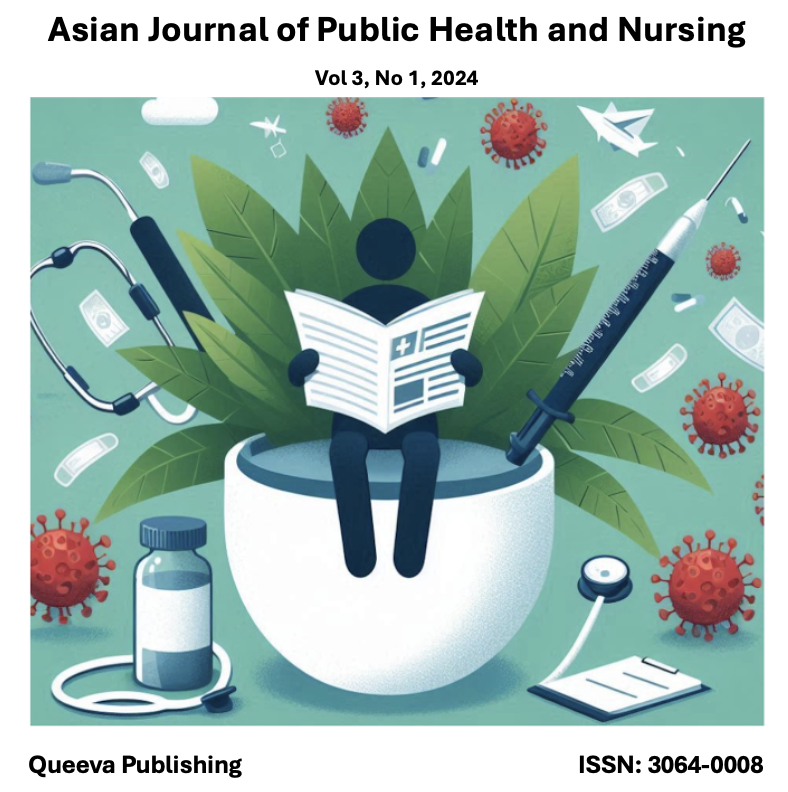Abstract
Background: Maternal and child health disparities remain a pressing public health concern in South Asia. This systematic review addresses a critical gap in the literature by evaluating the effectiveness of public health interventions targeting these disparities in Bangladesh, India, and Pakistan. Distinguishing itself from prior studies, this research provides a thorough examination of the combined effects of community-based programs, financial assistance, and nutritional supplementation, offering a fresh and comprehensive perspective on strategies to reduce health inequities in the region.
Methods: A systematic review and narrative synthesis were conducted using databases such as PubMed and Medline, covering articles published between 2000 and 2019. The inclusion criteria focused on observational and experimental studies evaluating interventions aimed at improving maternal and child health. The quality of the studies was assessed using the CASP checklists.
Results: The review included 19 studies that demonstrated significant reductions in maternal and child health disparities. Key interventions included demand-side financial assistance, community education, and nutritional supplements. For example, Iron Folic Acid (IFA) supplementation, combined with antenatal care and tetanus toxoid vaccination, significantly reduced postnatal and under-5 mortality (OR = 0.66, 95% CI: 0.45–0.98). Another study reported a 30% reduction in the maternal mortality rate (MMR) among targeted populations.
Discussion: Integrating mental health support within maternal healthcare is crucial to addressing exacerbated vulnerabilities. Effective public health initiatives—including financial aid, community-based programs, and improved healthcare services—have demonstrated potential in reducing these disparities. Policy recommendations include combining nutritional supplementation with antenatal care, expanding conditional cash transfer schemes, and enhancing mental health services.
Conclusion: Community-based and targeted interventions are essential for reducing health disparities. Policies should prioritize integrated care models, targeted subsidies, and enhanced mental health services to achieve sustainable improvements in maternal and child health outcomes.

This work is licensed under a Creative Commons Attribution-NonCommercial-NoDerivatives 4.0 International License.
Copyright (c) 2024 Asian Journal of Public Health and Nursing





